Hotline
+86-136 8495 9862
Email:cennia@szmizhi.com
Add::104,Building 27,Third Industrial Zone, Longxi Community,Longgang District,Shenzhen,China.
Coil Forming & Handling Equipment
Surface Treatment Equipment
Solutions
Application
About Us

Welcome to MIZHI
For consultation/feedback, please call the service hotline: +86-136 8495 9862 Email:cennia@szmizhi.com
Our company is well received by customers with perfect solutions, good product quality, performance, and after-sales
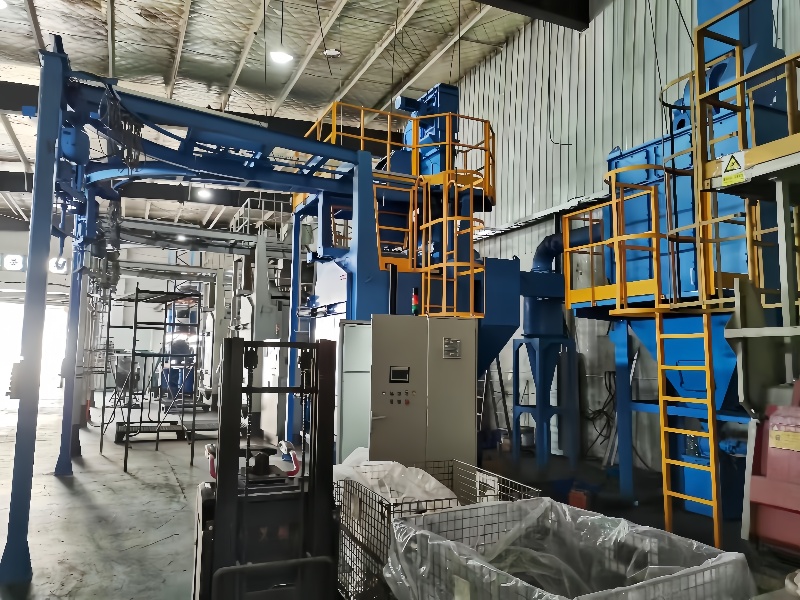
A portable shot peening machine is a mobile, lightweight surface treatment system designed for on-site applications where traditional fixed equipment is impractical. Unlike industrial-scale systems, these machines prioritize mobility, ease of operation, and quick setup, enabling peening in remote locations, large structures, or hard-to-transport components. The technology emerged in the late 20th century in response to maintenance demands in aerospace, civil engineering, and heavy industry, where transporting components to a fixed peening facility was costly or impossible.

The CNC (Computer Numerical Control) shot peening machine represents the pinnacle of surface enhancement technology, fusing the precision of computer controlled machining with the material strengthening capabilities of shot peening. Unlike traditional shot peening systems, CNC enabled machines offer sub millimeter accuracy in trajectory control, repeatable process parameters, and automated workflow management. This integration has revolutionized industries where consistency and traceability are critical, such as aerospace, medical devices, and high performance automotive components.
Since the first CNC shot peening systems emerged in the 1980s, driven by aerospace demands for uniform stress induction, the technology has evolved to incorporate multi axis motion, real time process monitoring, and advanced software algorithms. Today, a CNC shot peening machine can peen complex geometries—from turbine blades with intricate airfoils to miniature medical implants—with unmatched precision, ensuring that each component receives identical treatment. This overview explores the technical foundations, system architecture, industrial applications, and future trends of CNC shot peening, highlighting its role in modern precision manufacturing.

Defining Robotic Shot Peening Machines: Concept and Evolution
A robotic shot peening machine integrates industrial robotics with traditional shot peening technology, enabling automated, precise, and repeatable surface treatment of complex components. Unlike conventional systems, these machines utilize robotic arms to control shot propulsion nozzles or centrifugal wheels, allowing 3D manipulation and targeted peening on intricate geometries. The technology emerged in the late 1990s as aerospace and automotive industries demanded higher precision and consistency in fatigue life enhancement.
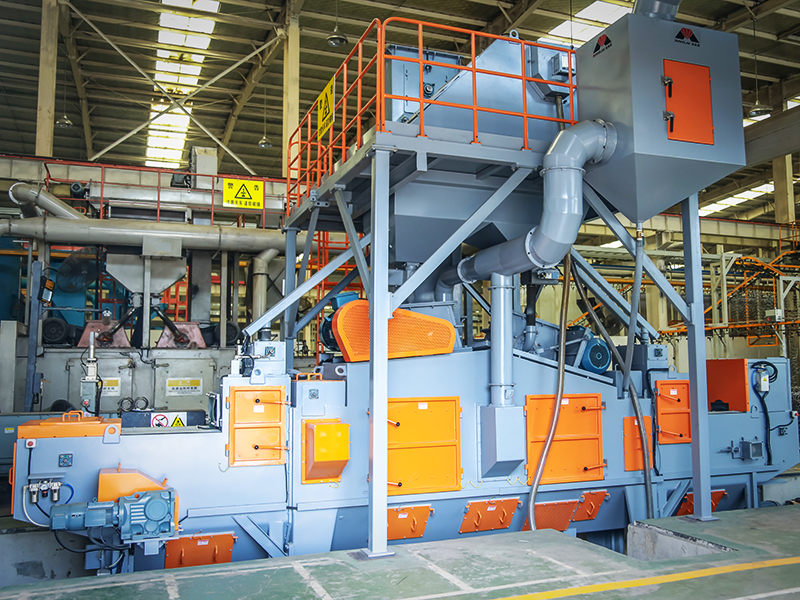
Shot peening is a transformative surface treatment process that has revolutionized modern manufacturing by improving material durability, fatigue resistance, and structural integrity. At its core, a shot peening machine propels small spherical particles—known as "shot"—onto a component’s surface at high velocity, inducing compressive residual stresses that counteract tensile forces responsible for crack initiation and propagation. This technique, dating back to the early 20th century, has evolved from rudimentary manual systems to highly automated, precision-engineered machines, becoming indispensable across aerospace, automotive, medical, and energy sectors.
The significance of shot peening lies in its ability to extend component lifespan without compromising design or functionality. For instance, a turbine blade in an aircraft engine subjected to cyclic thermal and mechanical loads can see its fatigue life doubled or tripled through shot peening. This overview delves into the technology’s fundamentals, machine classifications, industrial applications, market trends, and future innovations, underscoring its role as a cornerstone of modern material science.
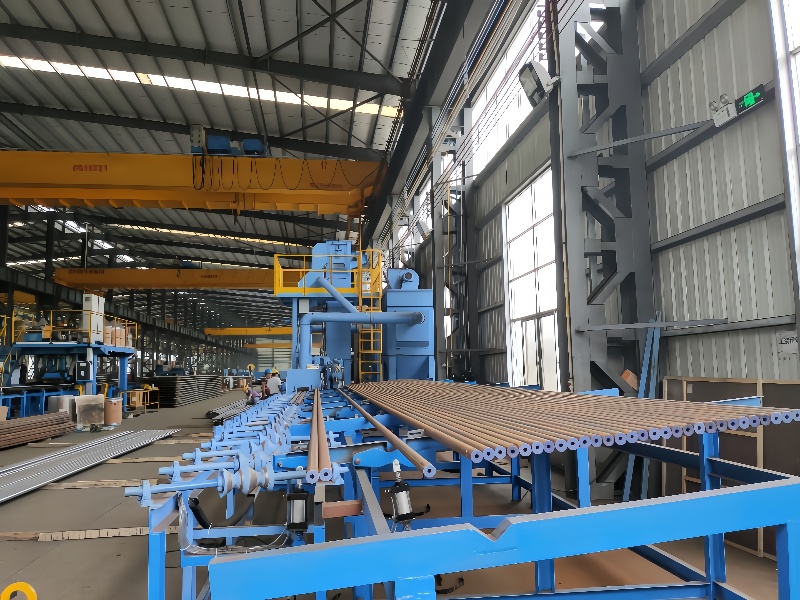
Shot peening is a surface treatment process that employs small spherical particles (shots) propelled at high velocity to impact a workpiece’s surface, inducing compressive residual stresses and enhancing its mechanical properties. A shot peening machine is the specialized equipment designed to execute this process with precision. The technology originates from the need to combat fatigue failure in metal components, leveraging the principles of plastic deformation and stress induction to extend service life.

Shot peening is a crucial surface enhancement technique in the manufacturing and engineering industries. It involves bombarding the surface of a material, typically metal, with small spherical particles called shot. This process induces compressive residual stresses on the surface, which significantly improves the material's mechanical properties. The shot peening machine is the equipment that enables this process to occur efficiently and precisely.
The concept of shot peening has been around for decades and has evolved with advancements in technology. It plays a vital role in various sectors, from aerospace and automotive to medical and heavy machinery. By subjecting components to shot peening, manufacturers can enhance their fatigue life, corrosion resistance, and resistance to cracking, ultimately leading to more reliable and long - lasting products.
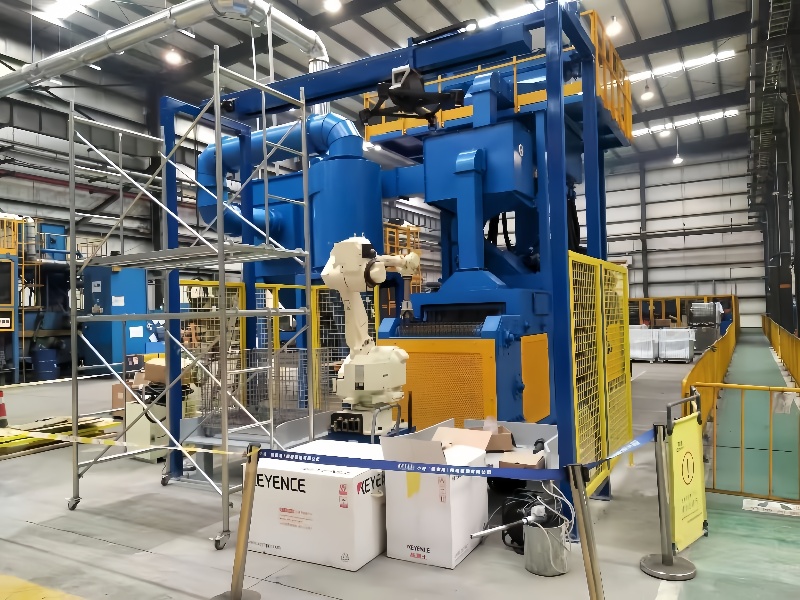
Wire mesh belt conveyor shot blast machines are essential equipment for surface treatment in various industries, such as automotive, aerospace, metal fabrication, and foundry. Factories dedicated to manufacturing these machines play a pivotal role in providing high quality, efficient, and reliable equipment to meet the growing demands of industrial surface preparation. These factories combine advanced manufacturing techniques, innovative technologies, and strict quality control measures to produce shot blast machines that can effectively clean, descale, and enhance the surface properties of workpieces. This article will delve into the key aspects of wire mesh belt conveyor shot blast machine factories, including factory layout, production processes, quality management, technological innovation, and market competitiveness.
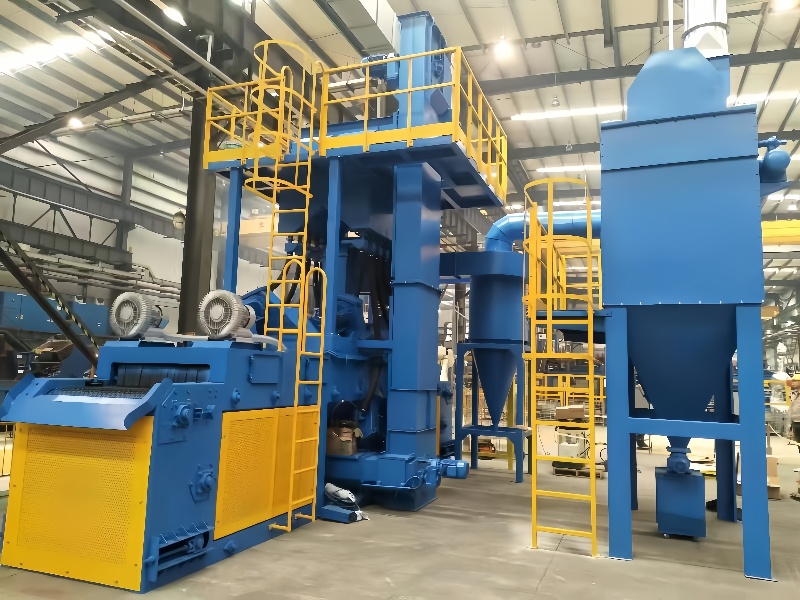
1.Global Market Overview
The global market for wire mesh belt shot blasting machines reached a valuation of $2.8 billion in 2025, with an annual growth rate of 6.5% driven by expanding applications in automotive, aerospace, and metal fabrication industries. Asia-Pacific dominates the market, accounting for 68% of total sales, with China alone contributing 42% of global supply. This regional dominance stems from China’s manufacturing capabilities, cost competitiveness, and technological advancements.
In terms of product segmentation, through-type wire mesh belt machines hold the largest market share (39%), followed by cabinet-type (27%) and multi-chamber systems (22%). The remaining 12% comprises customized solutions for niche applications. Key end-use industries include automotive (35%), metal fabrication (24%), aerospace (18%), and foundries (13%), with other sectors such as construction and mining accounting for the balance.
2.Pricing Structures and Cost Drivers
Machine prices vary widely based on specifications, with key cost determinants including:
Machine Size: A small cabinet-type machine (1m x 1.5m chamber) starts at $30,000, while a large through-type system (5m x 10m conveyor) can exceed $500,000.
Blasting Wheel Quantity: Machines with 4–6 wheels cost $80,000–$150,000, whereas 8–12-wheel configurations for high-volume production range from $200,000 to $400,000.
Material Specifications: Stainless steel construction (316 grade) adds 20–30% to the cost compared to carbon steel models.
Automation Level: Basic manual loading systems are standard, while fully automated models with robotic loaders command a 40–60% premium.
Case Study: A mid-sized automotive parts manufacturer in Mexico purchased a 6-wheel through-type machine with a 3m x 8m wire mesh belt from a Chinese supplier for $120,000. This system included PLC control, automatic abrasive recycling, and a dust extraction unit, costing 40% less than a similar German model priced at $200,000.
3.Regional Price Disparities
China and Southeast Asia: Offer the most competitive prices due to lower labor and production costs. A 4-wheel cabinet-type machine can be sourced for $40,000–$70,000.
Europe: Premium manufacturers (e.g., Wheelabrator, Pangborn) price similar systems at $80,000–$150,000, reflecting higher engineering and material standards.
North America: Prices range from $60,000 to $250,000, with domestic manufacturers often bundling after-sales service and maintenance contracts into the purchase price.
Emerging Markets: Discounted used machines from $15,000–$40,000 are available in regions like India and Brazil, but these often lack warranty or technical support.